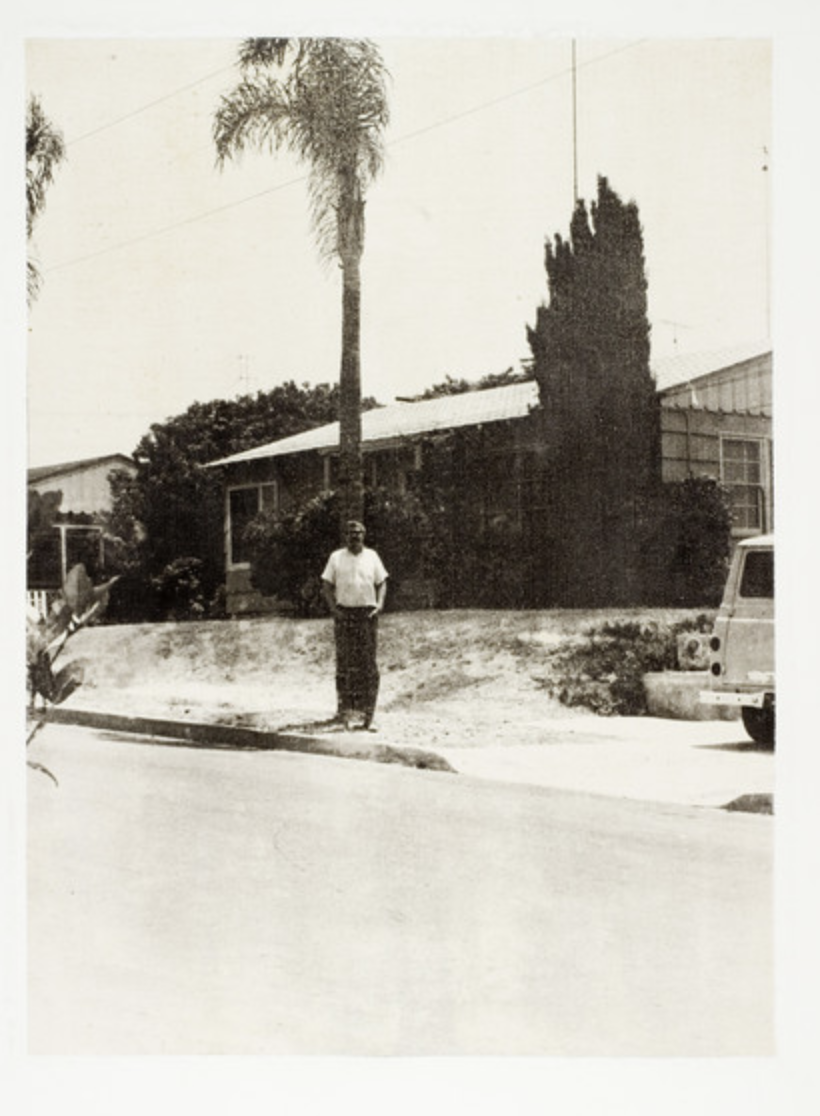Photography: Rule Breakers
When taking photos, we break the rules without even noticing, and some look good despite considering the regulations. Do we even know if we are breaking the rules? Pictures can be regarded as good if they bring some message. Although quality and the aesthetic the pictures produce to the viewers are essential, no photo can be considered wrong if there is a specific message the artist wants to inform.
This picture can be considered a lousy photo. Firstly, the person is not in the center and is cropped at an awkward length. Moreover, the image is blurred out. With all the colorful background, it overall makes the viewers question what the intention of this picture is. However, as previously mentioned, only some photos can be good. Even if the artist (myself) took the picture with no intention, it is always possible for them to insert meaning into it. For example, this colorful picture can have the meaning of “the perspective of a person with bad eyesight.” See?
Next, this is a picture that the artist took with intention. Of course, this photo breaks various rules. First of all, the purpose of this picture seems vague. Cutting out the objects and leaving out only the legs of the furniture makes the viewers guess and question what those objects might be (which can be interesting, though it has not much meaning). Moreover, the angles formed between the two sofas don’t create any parallel or right angle. Additionally, the picture is blurred out, which could make the viewers unable to see clearly, and even feel uncomfortable. The surprise is that the artist intended to take a picture of ‘bad picture’ to make the viewers feel miserable and uncomfortable.
Picture # 3: This is a bad picture because it crops out the person, and its focus is not explicit except for the arrow sign and its surrounding blocks, while the ratio between the ground and the ceiling also makes viewers question the picture’s intent: is it the arrow sign?… or the person walking by? However, that question can be its purpose, as this picture produces certain moods and vibes, leaving the viewers ambiguous can be the artist’s intention.
Same for this photo. The ratio between the ground and the ceiling is uneven because most pictures considered visually pleasing have the top longer than the bottom, leaving the viewers miserable. However, the artist can argue that she wanted to focus on the dark moods the image produces, hence, titling it: “the perspective of a lonely depressed student walking by the hallway.” It sounds cringy, but that is just one way to help the viewers interpret.

.
The lighting of the three pictures is too dark; the viewers can barely see anything. Even more, the titles of the books aren’t observable; it is hard to read them. The ratio and the angle of the image are all uneven. Some of them still need to fully show what the category and the books are, which is blurry overall. Namely, only a few meanings are in these photos. However, the three images all produce a similar mood, perhaps “dark academia” aesthetics or specific scenes in a horror film, which can all be the artists’ purpose.
The minor details are an incredible factor in pictures that break the rules but look aesthetically pleasing. For example, the artist took this picture because of the shadows the canvas stand produced and the formation of parallel angles with three canvas stands. These minor factors can make a visually pleasing photo even if it breaks the rule.
The first thing I see is the smiley face and the canvas sticking out of each corner. This breaks the rule of photography. However, among those distractions, the origami may get viewers’ attention, especially the red one. Moreover, the angle at that the picture was taken- slightly upwards- can be interpreted that intended to portray the message of “insightful” among other significant objects.
Lastly, this is a picture of one of the filmmaking classrooms. This image produces some cool vibes; however, it breaks various rules, such as the lack of lighting (however, if that is the intention, then the lighting is not a rule breaker), the uneven ratio, and the lack of message.







 Collaboration with Keith Haring’s artwork.
Collaboration with Keith Haring’s artwork. Collaboration with Andy Warhol’s artwork.
Collaboration with Andy Warhol’s artwork.






 2.
2. 








